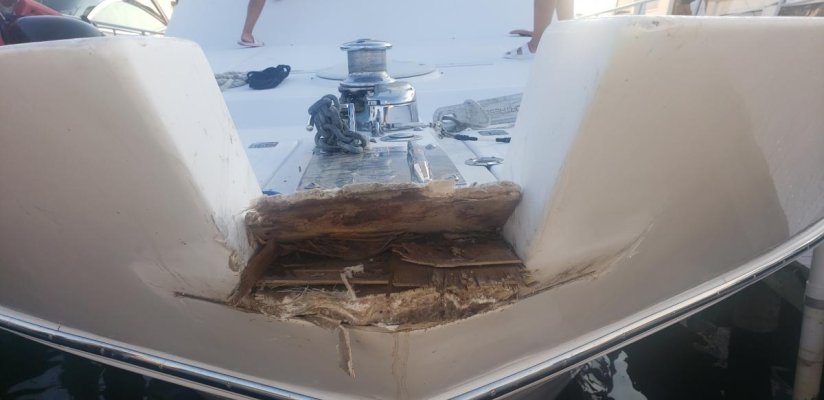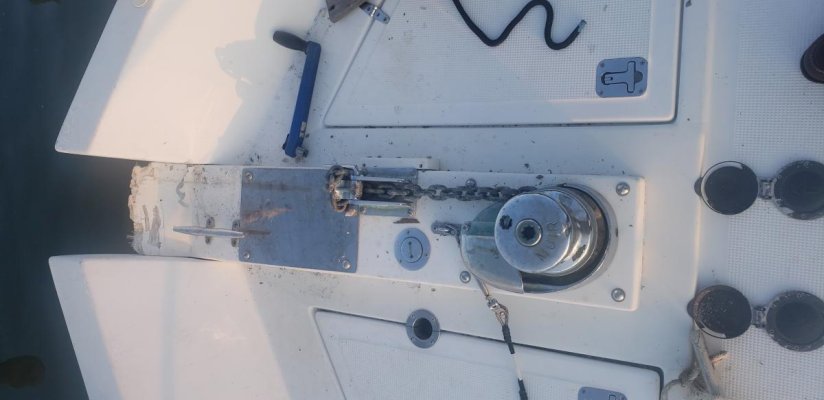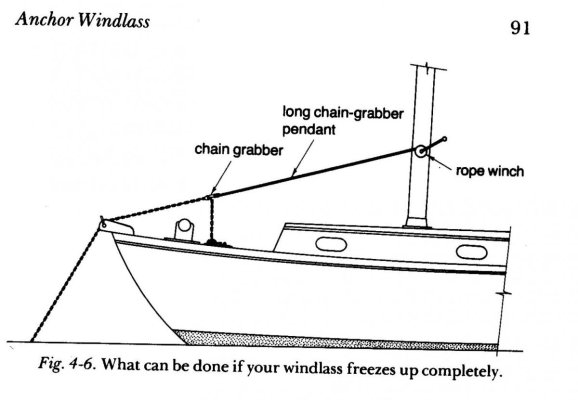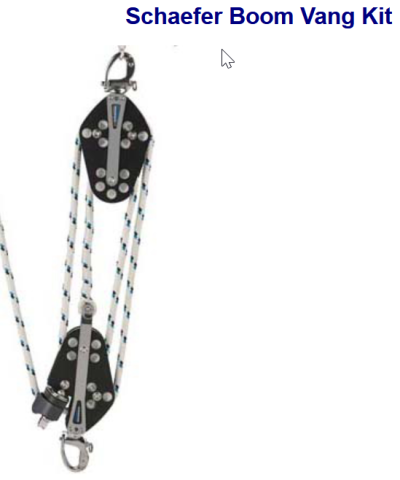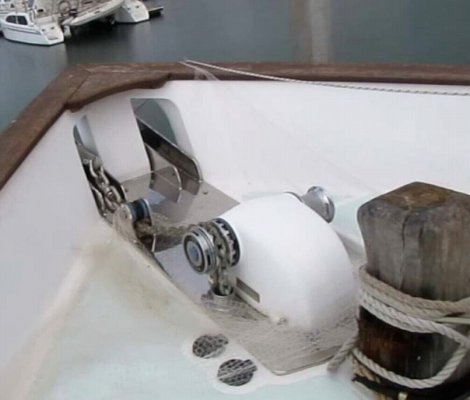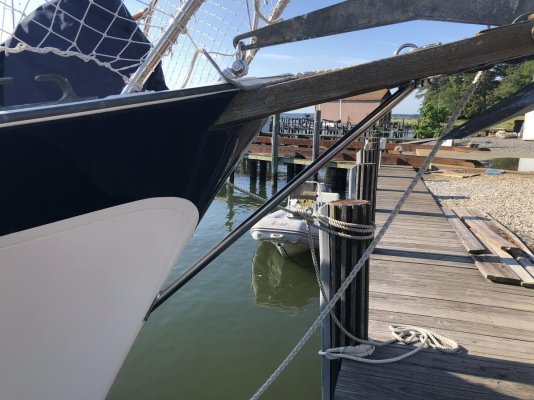What's left
After removing the anchor and the broken half of the plank this is what's left.
Seriously considering just going to a single roller that can handle the rocna 40 or up to a 55. No bow plank. Much simpler. I've only had one issue anchoring with the rocna and that was in the ICW near pungo ferry marina where the bottom was goo. The fortress 85 didn't hold there either.
Any suggestions on brands for larger rollers?
Thanks for all the fantastic input on this site!
After removing the anchor and the broken half of the plank this is what's left.
Seriously considering just going to a single roller that can handle the rocna 40 or up to a 55. No bow plank. Much simpler. I've only had one issue anchoring with the rocna and that was in the ICW near pungo ferry marina where the bottom was goo. The fortress 85 didn't hold there either.
Any suggestions on brands for larger rollers?
Thanks for all the fantastic input on this site!

